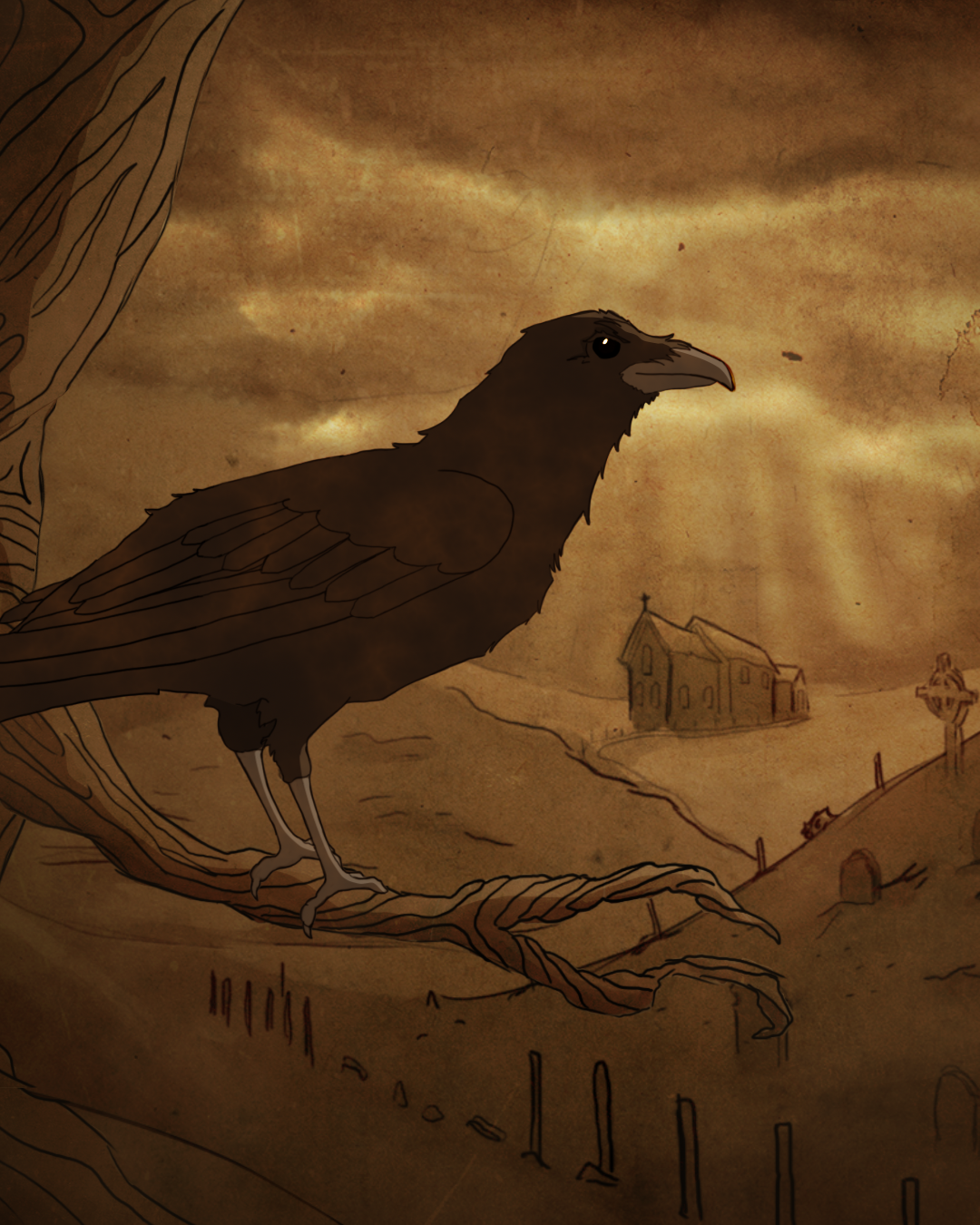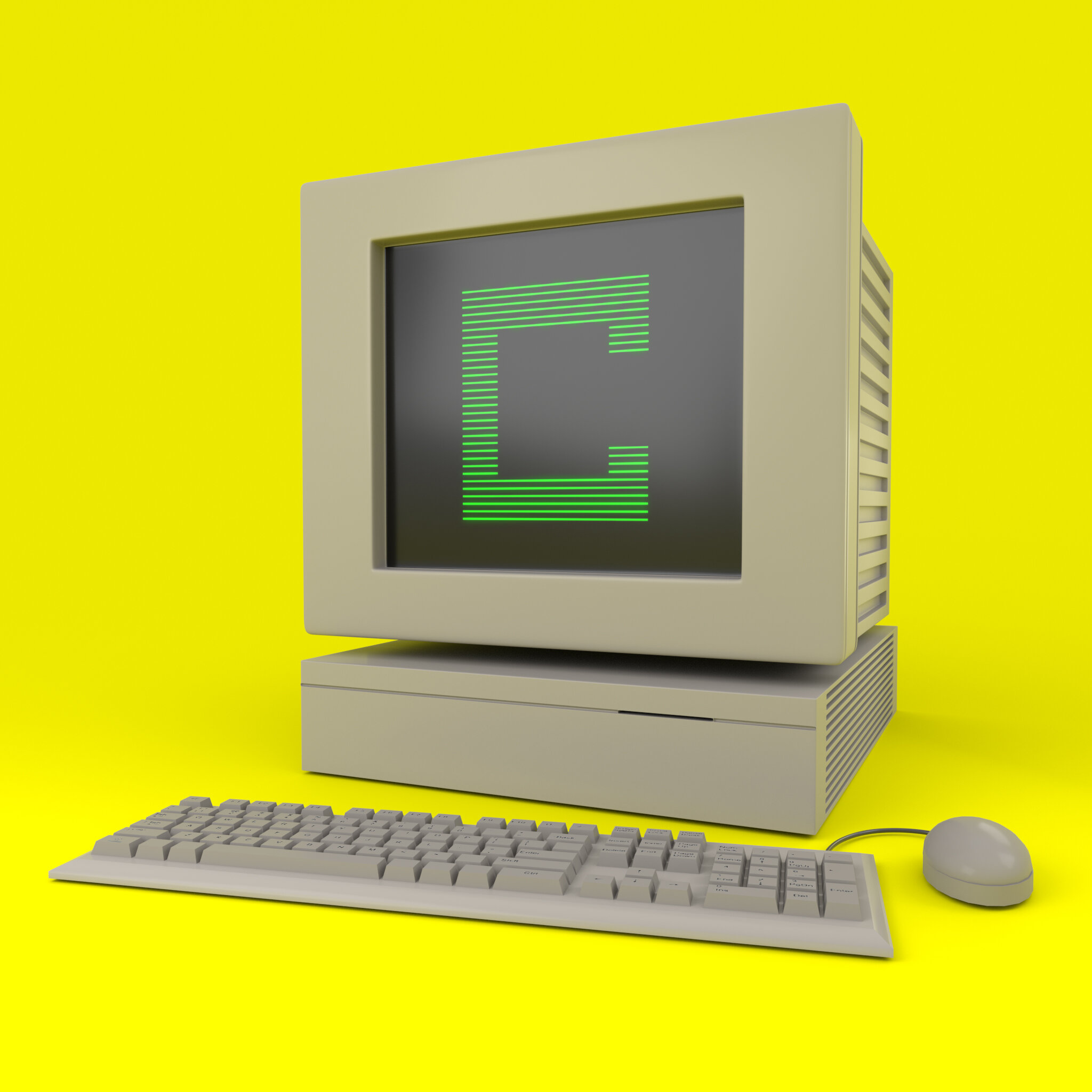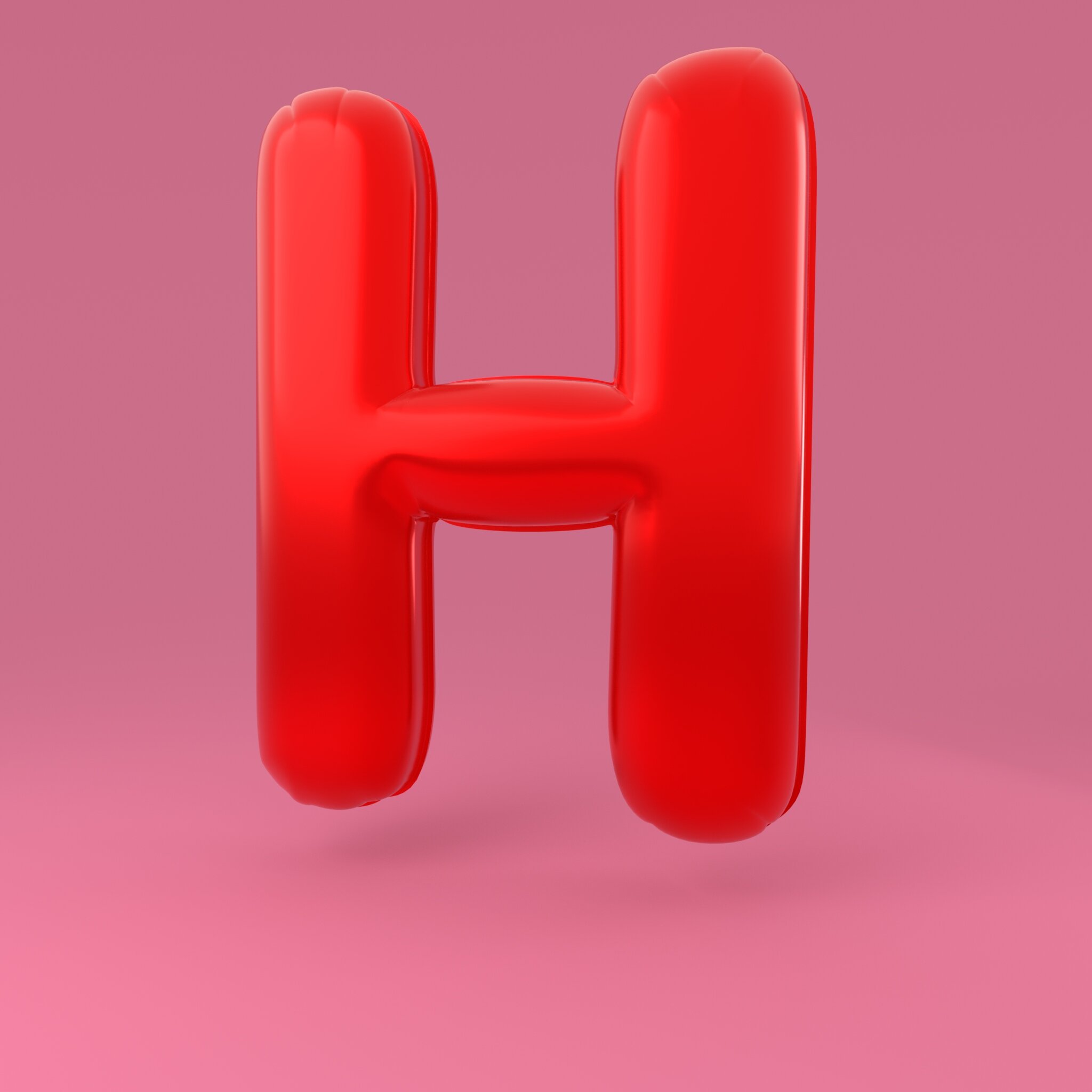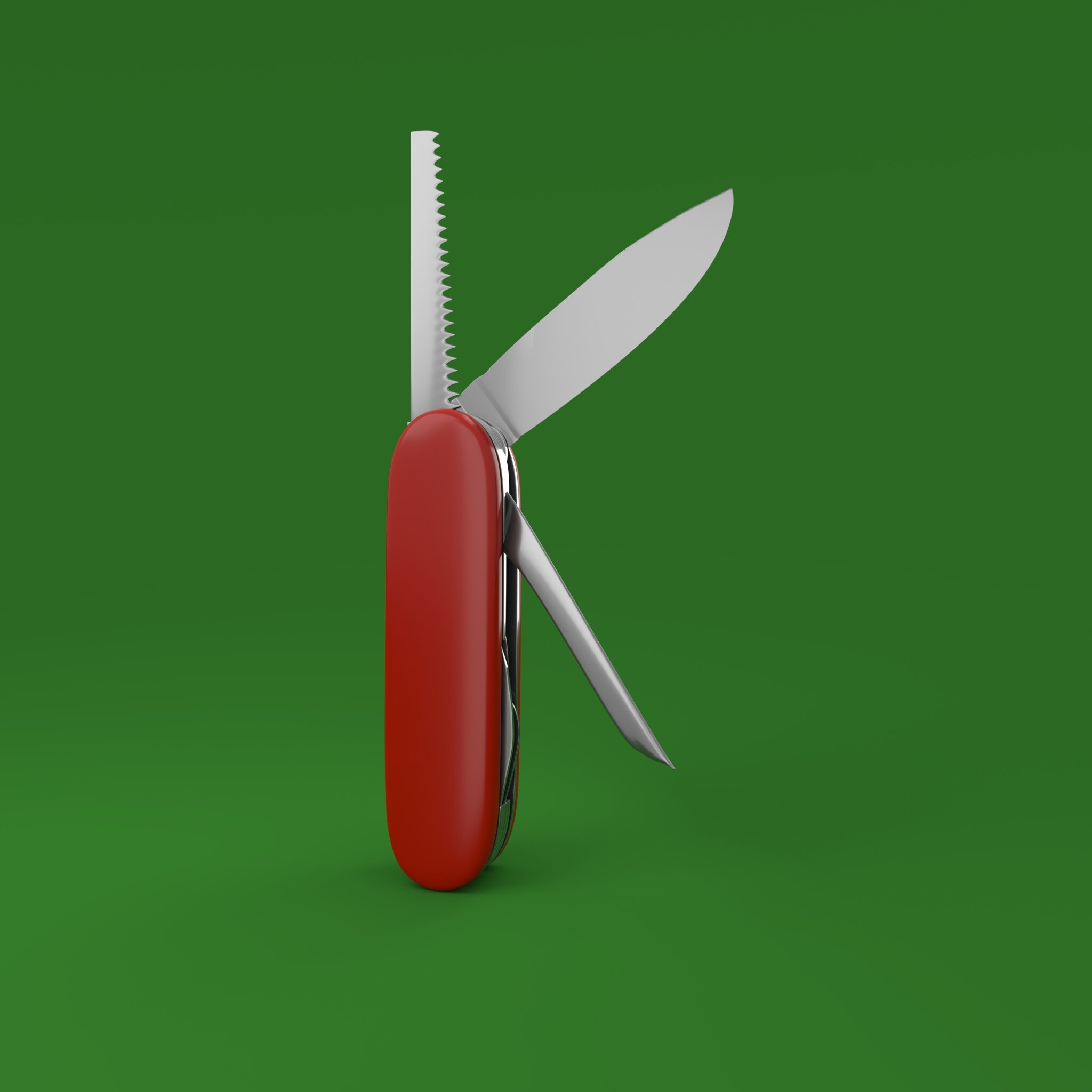SENIOR THESIS SHORT FILM
A 3D short animated senior thesis film created at the School of Visual Arts. The short is about the suspense between a man and his captive siren. As he tries to control her he slowly loses control of himself.
Directed by Liz McQuaid Martin
Story, Layout, Design, Modeling, Rigging, Lighting, Effects Compositing: Liz McQuaid Martin
Modeling: Ava Sawicka, Juan Macias, Kevin YuanZhi Chen, Meghan Pangiochi
Animation: Sydney Daugherty, Vasawat Changtroraleke, Meghan Pangiochi, Gavin Slyman, David O'Connor, Elizabeth Lee, Michael Deliso, Elaina Brilliantes, Cat McDonnell, Brian Kelso-GIllespie
Additional Lighting: Meghan Pangiochi
Rigging: Brett Taggart, Sydney Daugherty
Additional Set Dressing: Scarlette Thiele, Arielle Trenk
Additional FX: Monica Manalo
FILM FESTIVAL OFFICIAL SELECTION
The 5th Annual Kuandu International Animation Festival (KDIAF)
NYC ACM SIGGRAPH MetroCAF 2015
Conway Film Festival 2015
Kinematifest 2015
Animex International Animation and Video Game Festival 2015
BLOW-UP Chicago International Arthouse Film Festival 2015 (Student Film: Official Selection)
OZARK SHORTS
Beeston Film Festival
Slum Film Festival
Student Art Festival 2016, Orlando Florida (Finalist)
Balinale, Bali International Film Festival 2015
Malta Film Festival for Children 2016
Silk Road Film Festival 2016 in Dublin, Ireland
Cannes Short Film Corner 2015
International Animation Festival CHILEMONOS
River Bend Film Festival 2016
Detroit International Festival of Animation 2016
First Step Film Festival 2015
BFI Future Film Festival 2016
26th Mediawave International Film and Music Gathering 2016
12th NYC Downtown Short Film Festival
Mexico International Film Festival 2016 (Student Competition: Golden Palm Winner)
Zoom International Film Festival 2016
Kaohisiung Film Archive 2015
Krok Festival 2016
Cebu International Film Festival 2016
FilmQuest 2016
Stuttgart International Festival of Animated Film
Making OF 'Silence of the siren'
What goes into making a 3D short film? When you have to build everything from the ground up you start with an idea and then build and build until you have a world that unfolds in front of you. As with many creative ideas, the basis for Silence of the Siren struck me while I was in the shower. I was tired and grouchy, trying to come up with cute ideas for a 3D film for my college thesis. My mind was having none of it. I felt like an evil creature glaring at the tiles and started imagining myself in a fish tank glaring at whatever was watching me. I liked it. From there the idea grew into a silent and stubborn battle between two characters that were also having one of those days where they were also having none of it. This was my first major project where I was on my own as the director bringing concept from start to finish and this idea got me excited.



































